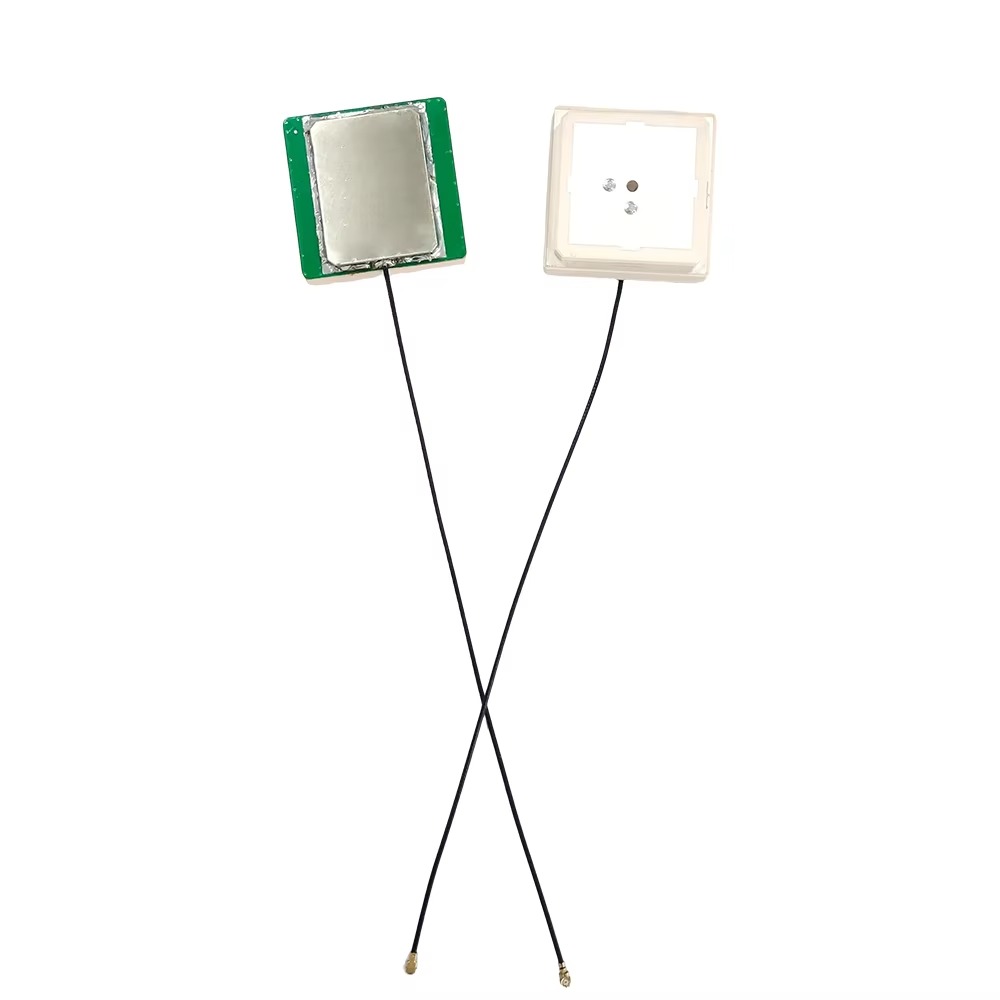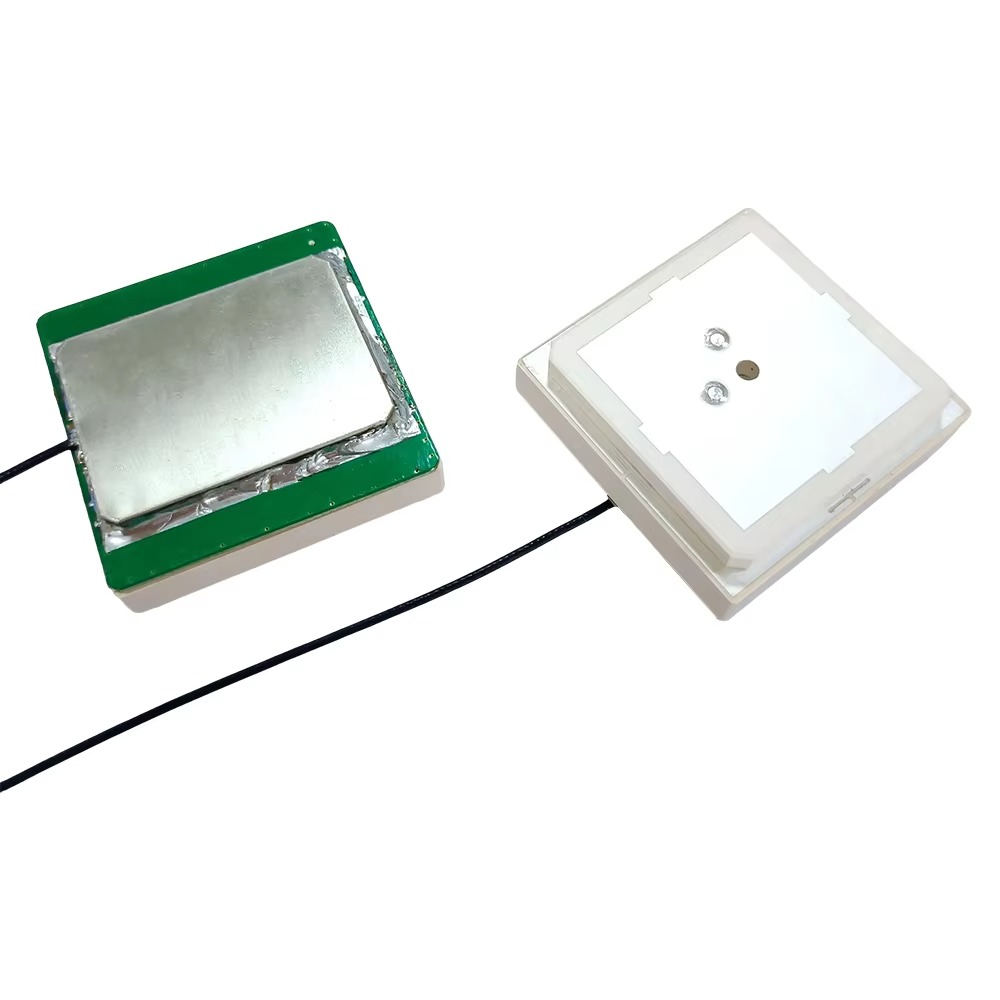Applications
Surveying and Mapping: High-precision positioning is essential for accurate surveying and mapping applications, where even small errors can have significant consequences. GPS RTK active antennas are widely used in these fields to provide centimeter-level accuracy for land surveying, topographic mapping, and cadastral surveys.
Agriculture: Precision agriculture relies on GPS RTK technology for automated machinery guidance, crop monitoring, and yield optimization. Active antennas enable farmers to precisely navigate their equipment, apply fertilizers and pesticides with pinpoint accuracy, and monitor crop health in real-time, leading to increased efficiency and reduced costs.
Construction: In construction sites, GPS RTK active antennas are used for precise grading, excavation, and machine control. They help ensure that structures are built to exact specifications, reducing the need for manual measurements and adjustments and improving overall project quality and safety.
Transportation: Intelligent transportation systems use GPS RTK for vehicle tracking, navigation, and traffic management. Active antennas enable real-time positioning of vehicles, allowing for more efficient routing, reduced congestion, and improved safety. They are also used in autonomous vehicle applications to provide accurate positioning information for navigation and control systems.
Geophysics and Environmental Monitoring: GPS RTK active antennas are used in geophysical surveys and environmental monitoring applications to measure ground movement, deformation, and other changes with high precision. This information is crucial for understanding natural phenomena such as earthquakes, landslides, and glacial movement, as well as for monitoring the impact of human activities on the environment.
Future Trends
Miniaturization and Integration: As technology advances, GPS RTK active antennas are expected to become even smaller and more compact, making them easier to integrate into a wide range of devices and platforms. This trend towards miniaturization will be driven by advances in semiconductor technology and the development of new materials and manufacturing processes.
Increased Integration with Other Sensors: The integration of GPS RTK active antennas with other sensors, such as inertial measurement units (IMUs), machine vision systems, and LiDAR, is expected to enhance their capabilities and open up new applications. This multi-sensor integration will enable more accurate and robust positioning solutions, particularly in challenging environments where GPS signals may be obstructed or degraded.
Multi-Frequency Support: Future active antennas may support multiple frequency bands, enabling more accurate positioning in challenging environments and improving resistance to signal spoofing and jamming. Multi-frequency support will also facilitate the integration of new GNSS constellations as they become available, providing users with greater flexibility and reliability.
5G and IoT Integration: The integration of GPS RTK active antennas with 5G networks and the Internet of Things (IoT) is expected to unlock new possibilities for real-time positioning and tracking applications. This integration will enable the seamless transmission of positioning data between devices and the cloud, facilitating the development of smart cities, autonomous vehicles, and industrial automation solutions.
Advanced Signal Processing Techniques: The development of advanced signal processing techniques, such as machine learning and artificial intelligence, is expected to improve the performance of GPS RTK active antennas in challenging environments. These techniques can be used to filter out noise and interference, correct for atmospheric disturbances, and optimize positioning algorithms, leading to more accurate and reliable positioning solutions.
Conclusion
The GPS RTK active antenna with a built-in low noise amplifier represents a cornerstone of modern high-precision positioning technology. Its ability to enhance signal quality, reduce cable losses, and improve noise immunity makes it indispensable in a wide range of applications, from surveying and agriculture to construction and transportation. Despite facing challenges such as cost, power consumption, and environmental sensitivity, ongoing technological advancements are addressing these issues, paving the way for more compact, integrated, and cost-effective solutions.
As we look to the future, the integration of GPS RTK active antennas with emerging technologies such as 5G, IoT, and multi-frequency support promises to unlock new possibilities and applications. The continued evolution of these antennas will play a pivotal role in shaping the future of precision positioning, enabling more accurate, reliable, and efficient solutions across various industries. In conclusion, the GPS RTK active antenna with a built-in low noise amplifier is not just a component but a driving force behind the advancement of modern positioning technology, pushing the boundaries of what is possible and opening up new frontiers in precision and accuracy.




































































 Language
Language
 En
En Cn
Cn Korean
Korean

 Home >
Home > 







 18665803017 (Macro)
18665803017 (Macro)













